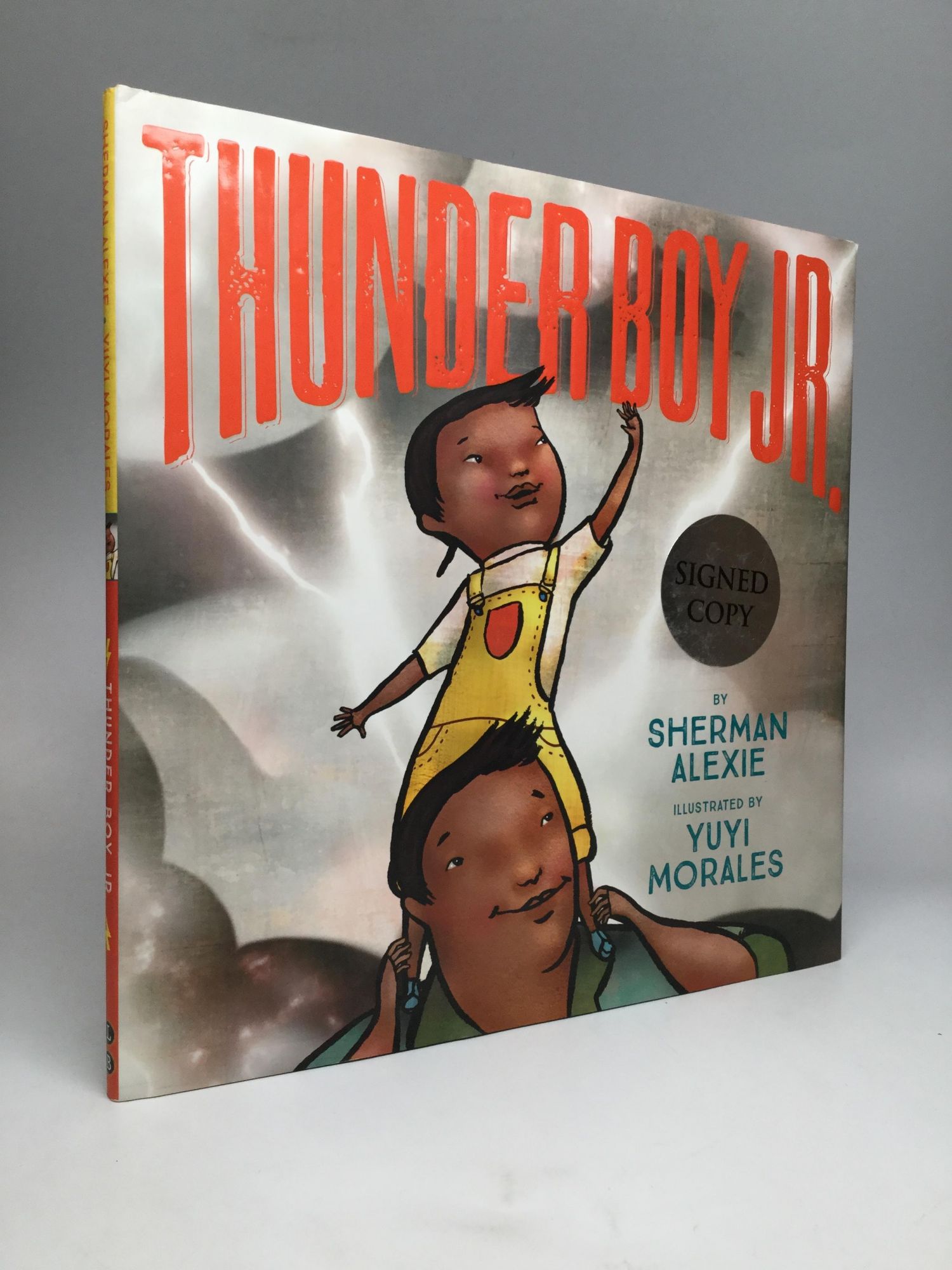
“As I accepted to illustrate this book, I was looking for my own place to live and work, and I found a run-down house. incorporates features of her signature style, overall it is a departure from what she’s done in the past. Morales is known for her boldly colored, dream-like illustrations. At the end, nothing is separate, because we all find out about who we are as we learn from and care for each other.” As Thunder Boy builds strength and detaches from his father into his very own person, his sister is also observing Thunder Boy, wanting to play with him, fight with him, follow in his footsteps-all of it in her own search of learning who she is. I also wanted to explore how we all learn who we are from each other. I knew that I wanted to make a connection between the intimate search for identity with family, community, and the people and things that we care for. “I decided that, even though the story is told from the point of view of Thunder Boy, there will be an opportunity to see the story evolve in conjunction with the family interaction-and the family as a part of the world. “I created the concept of the book as a story of a family in which they all let us hear their voices,” says Morales. is told from the perspective of a young boy, the illustrations by Yuyi Morales help bring all the characters to life. He continues writing about the themes and issues he believes need to be addressed, especially in relation to living between the two worlds of Indian reservation and white society. And people sometimes get scared of that.”īut Alexie does not let the criticism get to him.

“I write about the glorious mess of being a walking, talking primate. “I think I get banned for the absolutely best reasons: Because I am honest about the way in which we flawed and fragile humans operate in this flawed and fragile world,” concedes Alexie. Not only has it received high praise, including the National Book Award for Young People’s Literature, it has also raised its share of controversy, having been banned in several school districts.

In 2007, Alexie broke into the young adult genre with the semi-autobiographical novel The Absolutely True Diary of a Part-Time Indian (Little, Brown Books for Young Readers). He has received numerous accolades for his poetry, novels, and short stories. Engaging his pen in “fancydancing” has paid off. Sherman Alexie has long been known for giving voice to the Native American experience.


 0 kommentar(er)
0 kommentar(er)
